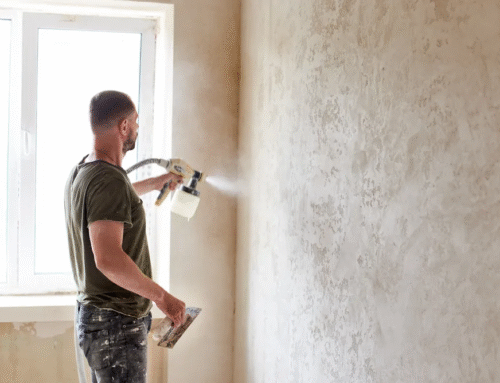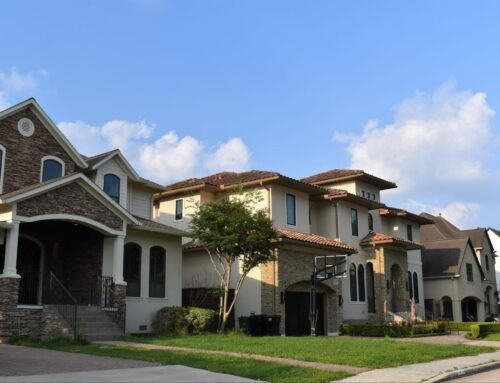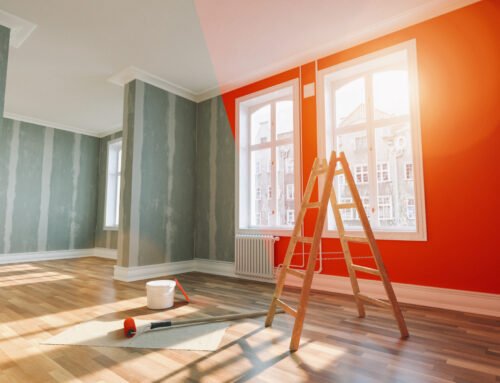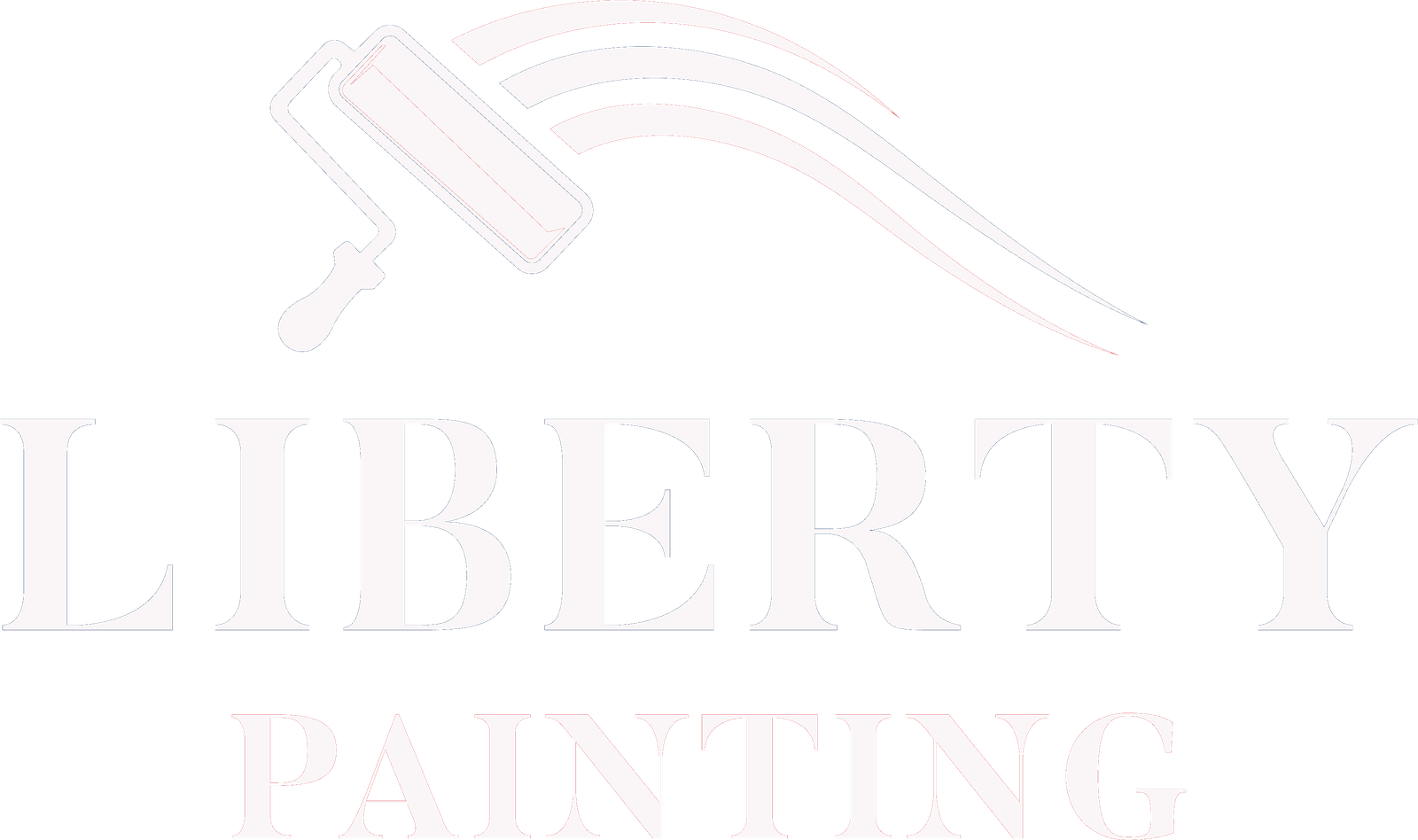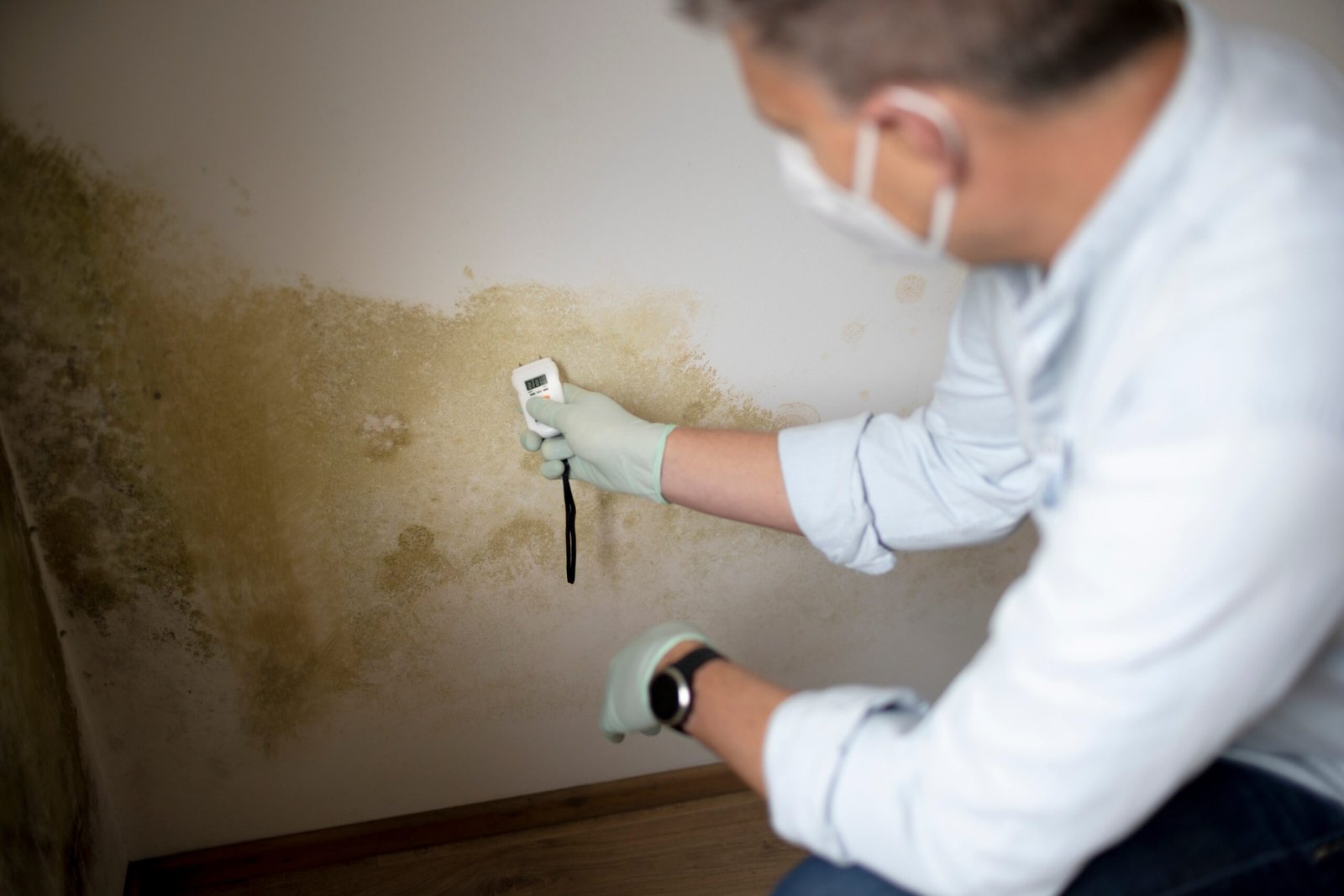
How Paint Can Help Protect Your Home from Mold and Mildew
When you think of paint, you probably imagine refreshing your walls with a new color or boosting your home’s curb appeal. But paint does much more than just beautify your home—it can actually serve as a protective layer against mold and mildew.
Mold and mildew are more than just unpleasant stains on walls; they can harm your home and your health. Fortunately, with the right painting strategies and products, you can minimize the risk of these pesky problems. In this article, we’ll explain why mold prevention is so important, how paint plays a role in it, and what you can do to keep your home safe and looking great.
Why Mold and Mildew Are a Serious Problem
Mold and mildew might seem like minor nuisances at first, but their impact can be far-reaching:
- Structural Damage – Mold can weaken drywall, wood, and even some structural elements if left untreated.
- Health Concerns – Exposure to mold spores can trigger allergies, respiratory problems, and even chronic illnesses in sensitive individuals.
- Lower Property Value – Homes with visible mold issues often struggle on the market and may require costly remediation before selling.
These problems are especially common in high-humidity areas, such as bathrooms, kitchens, basements, and laundry rooms. Moisture creates the perfect breeding ground for mold—and that’s where the right paint makes all the difference.
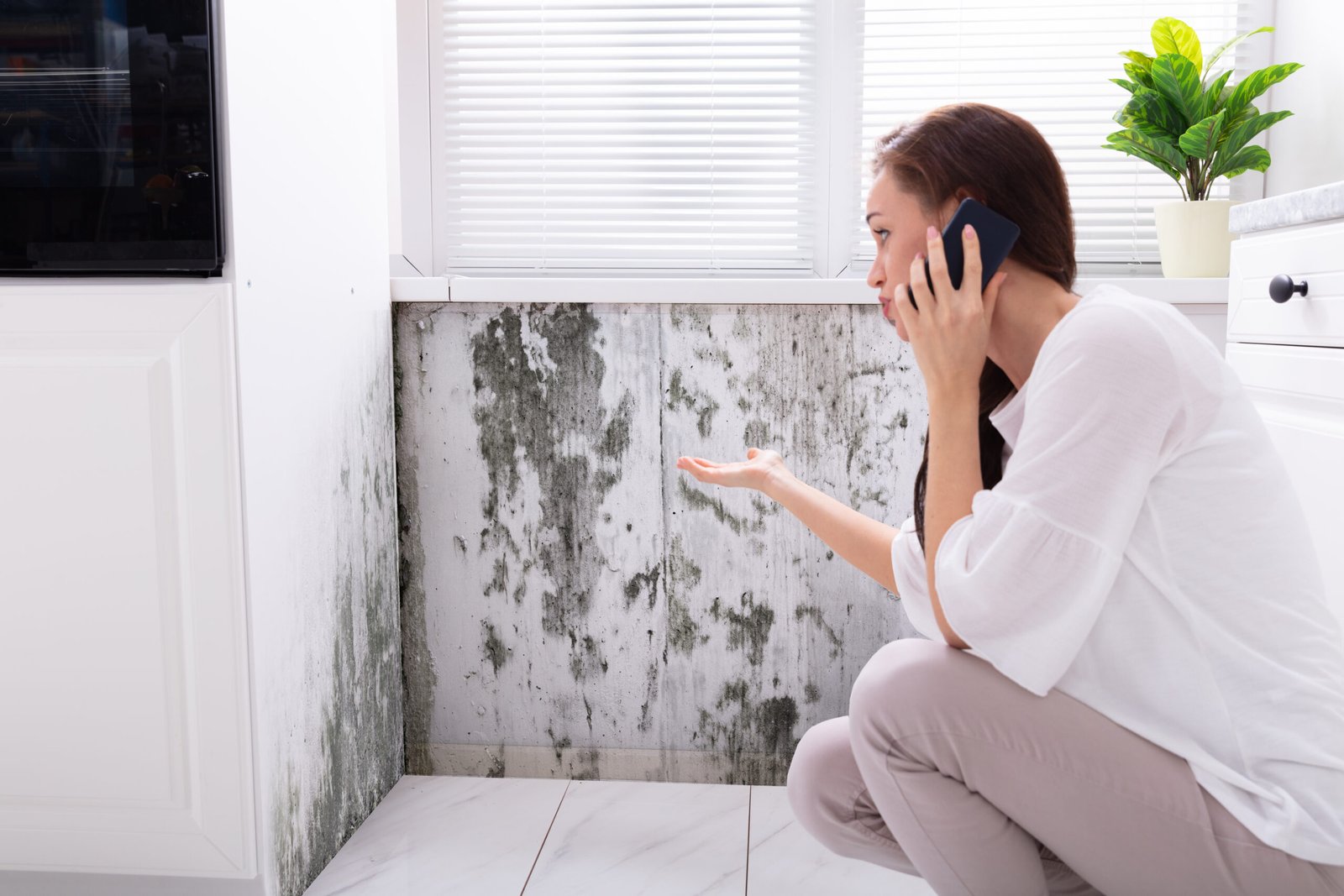
How Paint Protects Against Mold and Mildew
Today’s paint technology is more advanced than ever, offering features beyond just color and finish. Many paints are formulated with anti-microbial and mildew-resistant properties, making them a smart choice for mold prevention. Here’s how they help:
Create Moisture Barrier
Moisture is the main culprit behind mold growth. Quality paints with moisture-blocking properties help prevent water from penetrating walls and ceilings, reducing dampness where mold thrives.
Includes Mildew Resistant Additives
Some paints are designed with fungicidal agents, which actively inhibit the growth of mold and mildew on painted surfaces. This makes them ideal for areas like bathrooms or basements.
Offers a Cleanable, Smooth Finish
Painted walls, especially those finished with semi-gloss or satin paint, are easier to wipe down and keep dry. Regular cleaning prevents mold spores from settling and spreading.
Best Places to Use Mold-Resistant Paint
Not every room needs this special type of paint, but it’s a game-changer for spaces that experience frequent moisture:
- Bathrooms & Kitchens – Constant steam and humidity make these rooms mold hot spots.
- Basements & Laundry Rooms – Poor ventilation and dampness require extra protection.
- Exterior Walls – Outdoor walls face rain and humidity, making mildew-resistant exterior paint essential.
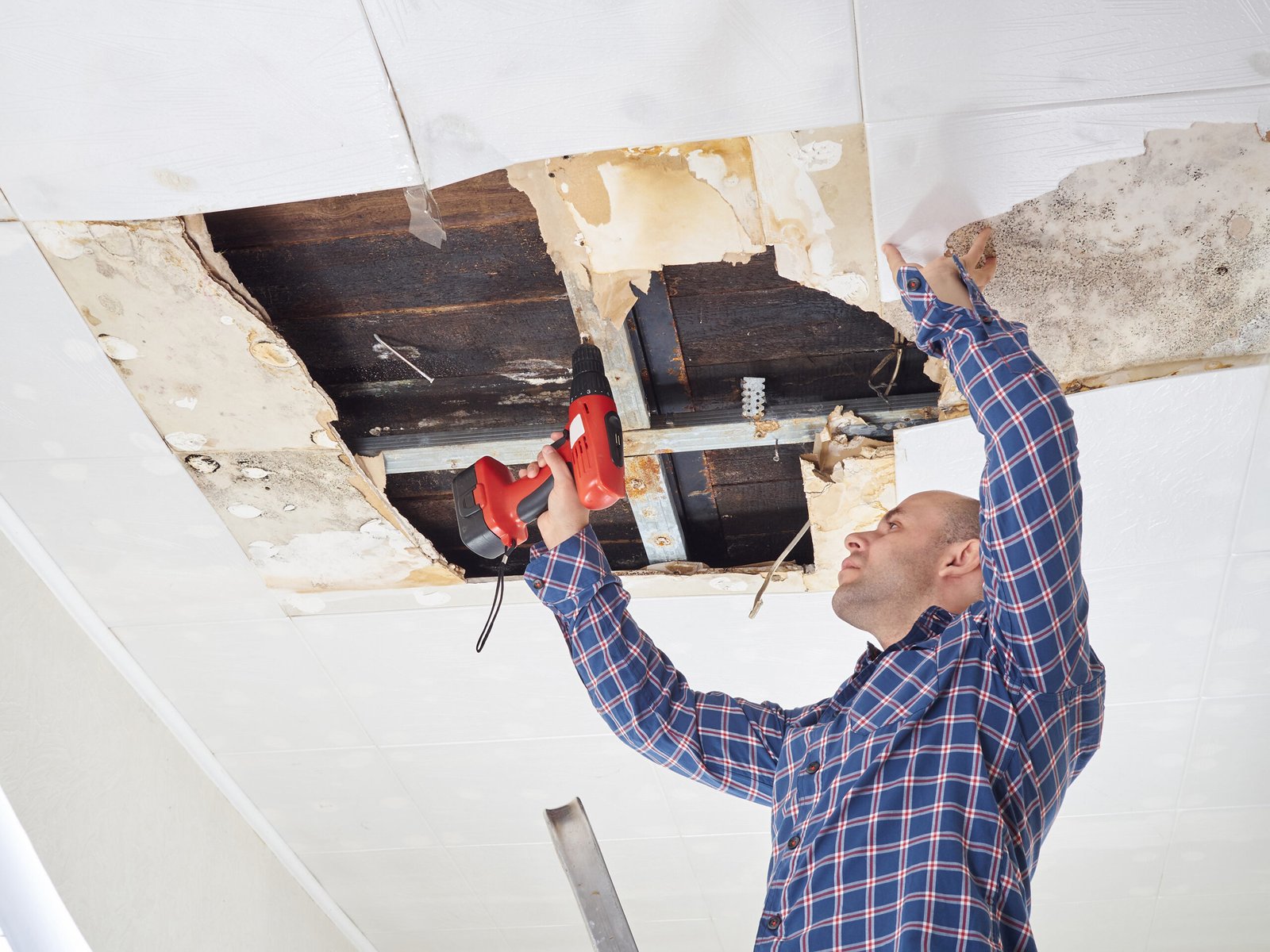
Tips for Maximum Protection
- Prepare the Surface Properly – Remove any existing mold, clean thoroughly, and ensure the wall is completely dry before painting.
- Choose the Right Paint – Look for paints labeled “mildew-resistant” or specifically formulated for bathrooms, kitchens, or exteriors.
- Improve Ventilation – Even the best paint works best when paired with proper airflow and humidity control.
- Maintain Regular Cleaning – Occasionally wipe down painted surfaces in high-moisture areas to prevent buildup.
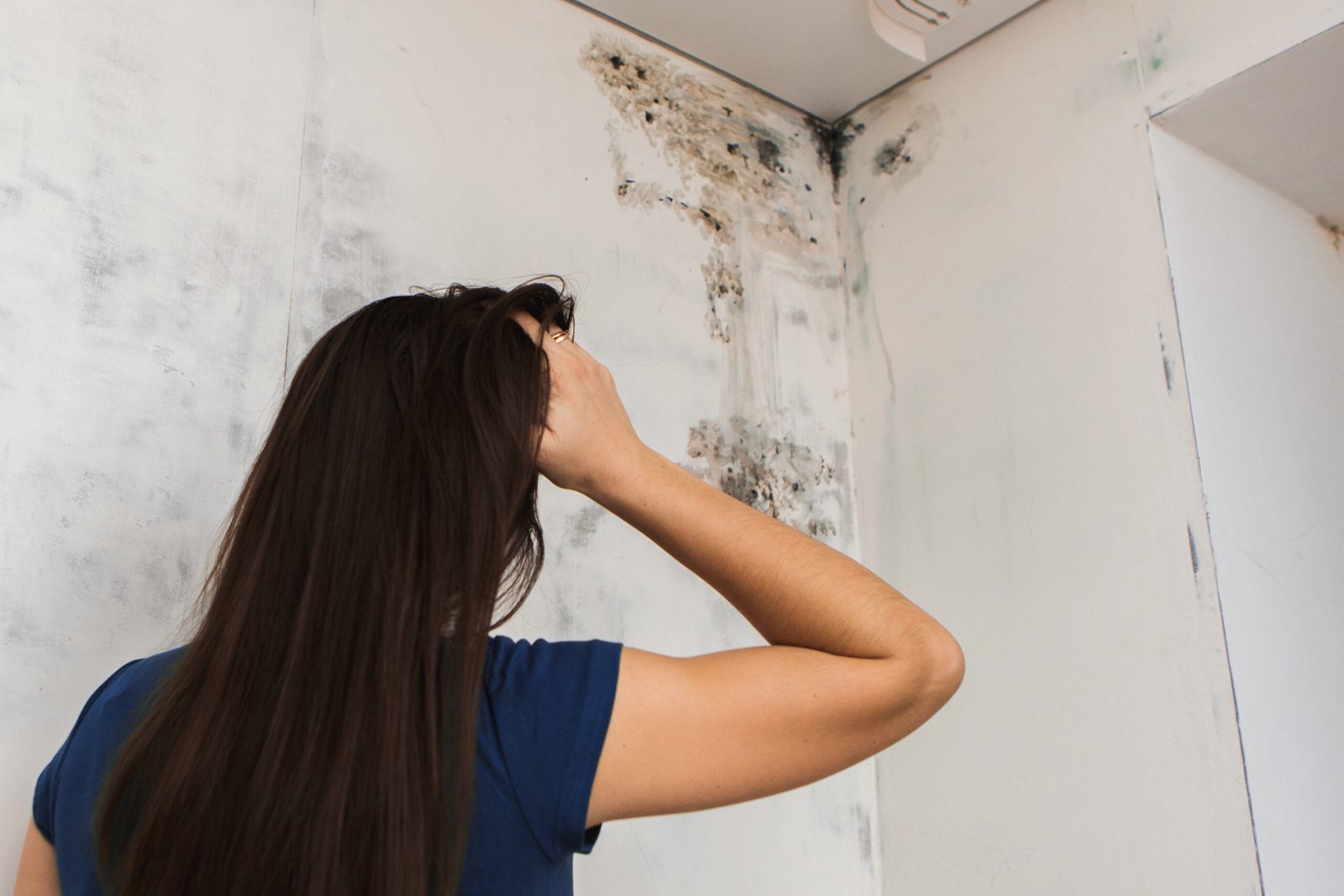
Paint isn’t just a cosmetic upgrade—it’s a practical investment that can protect your home from mold, mildew, and moisture damage. By choosing the right mildew-resistant paint and applying it correctly, you’ll enjoy a home that’s both beautiful and healthy.
Ready to Protect Your Home with Expert Painting?
At Liberty Painting, we don’t just paint—we protect. Our team uses premium mold-resistant paints and expert techniques to keep your walls looking great and safe from harmful growth.
Call us today for a free consultation and estimate! (832) 925-3508

